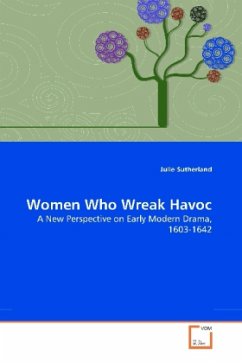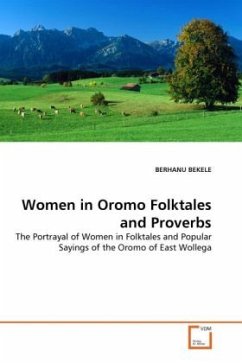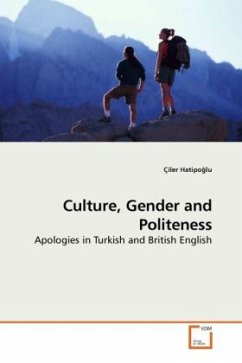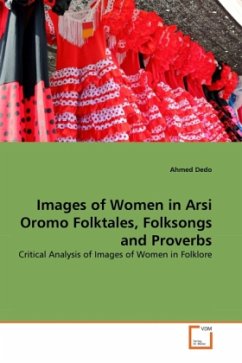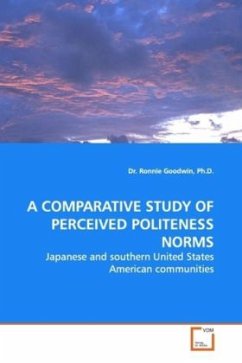
Women and Politeness
The Hybrid Language and Culture of Chinese Indonesian Women in Surabaya
Versandkostenfrei!
Versandfertig in 6-10 Tagen
45,99 €
inkl. MwSt.

PAYBACK Punkte
23 °P sammeln!
This book is an account of two generations of ChineseIndonesian women in their language behavior ofpoliteness seen from their educational and culturalbackgrounds. They were born and have been living inIndonesia, yet each would carry with her the uniqueblend of her Chinese, Indonesian, Dutch, and Westerncultures. As women, they often bear an important roleof generating and mediating their cultures to thenext generation. Yet their presence is often silencedand neglected.The data that have been collected, presented anddiscussed here have been a unique contribution to anethnographic socio-cultural...
This book is an account of two generations of Chinese
Indonesian women in their language behavior of
politeness seen from their educational and cultural
backgrounds. They were born and have been living in
Indonesia, yet each would carry with her the unique
blend of her Chinese, Indonesian, Dutch, and Western
cultures. As women, they often bear an important role
of generating and mediating their cultures to the
next generation. Yet their presence is often silenced
and neglected.
The data that have been collected, presented and
discussed here have been a unique contribution to an
ethnographic socio-cultural-linguistic study of
female language. Compared to the previous
ethnographic studies conducted on Javanese or
Indonesian language studies by non Indonesians, this
study has taken a different perspective in which the
writer, being a Chinese Indonesian woman herself like
the participants' background, allowed her as a
participant observer, to put herself inside them.
This study can therefore be an insider account of
their language behaviors, in particular their
politeness behaviors.
Indonesian women in their language behavior of
politeness seen from their educational and cultural
backgrounds. They were born and have been living in
Indonesia, yet each would carry with her the unique
blend of her Chinese, Indonesian, Dutch, and Western
cultures. As women, they often bear an important role
of generating and mediating their cultures to the
next generation. Yet their presence is often silenced
and neglected.
The data that have been collected, presented and
discussed here have been a unique contribution to an
ethnographic socio-cultural-linguistic study of
female language. Compared to the previous
ethnographic studies conducted on Javanese or
Indonesian language studies by non Indonesians, this
study has taken a different perspective in which the
writer, being a Chinese Indonesian woman herself like
the participants' background, allowed her as a
participant observer, to put herself inside them.
This study can therefore be an insider account of
their language behaviors, in particular their
politeness behaviors.




